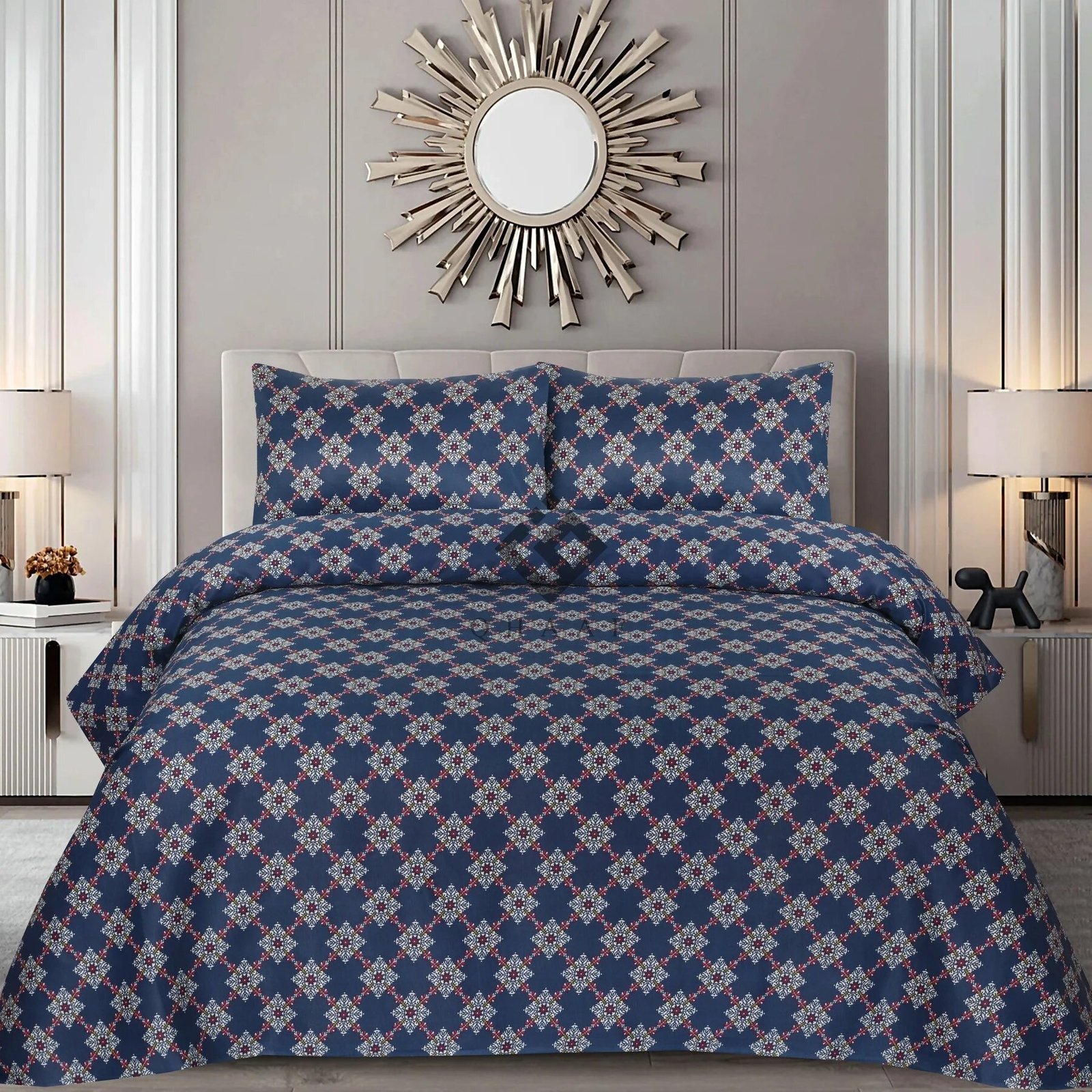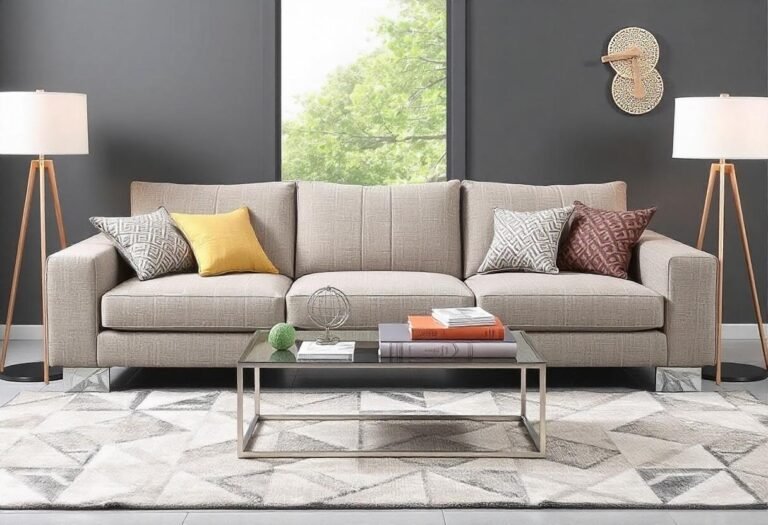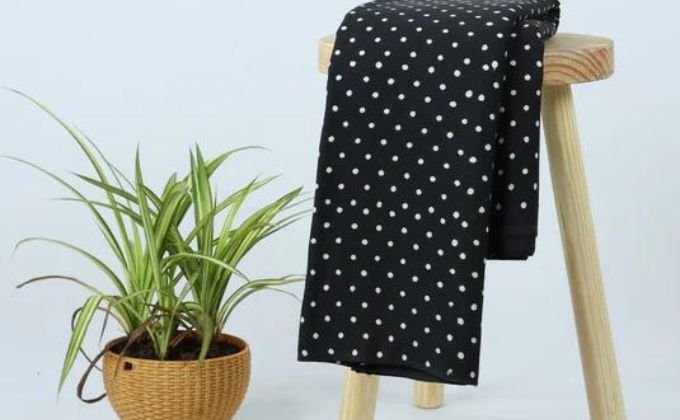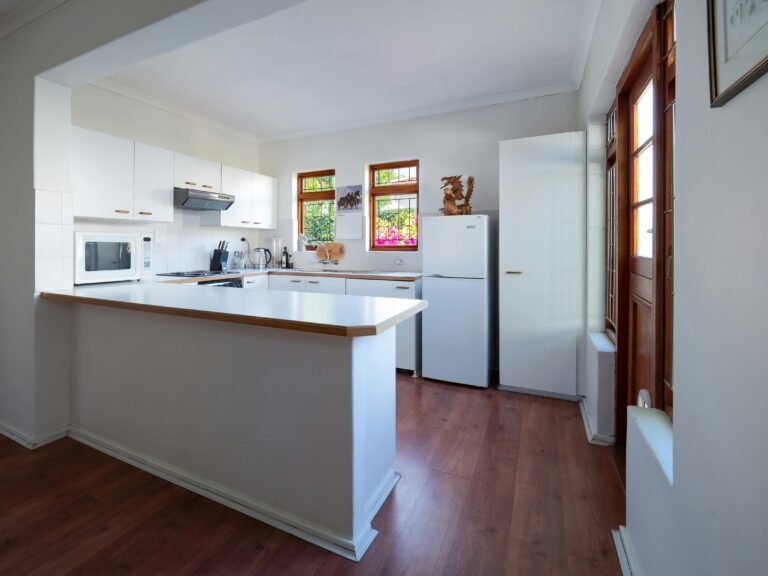Complete Your Bedroom Makeover: The Ultimate Guide to Choosing Bed Sheets
Introduction
Your bedroom is your sanctuary, a place where comfort meets style, and the right bedding can make all the difference. Whether you’re going for a cozy, minimalist look or an elegant, luxurious feel, choosing the perfect bed sheets is essential. The right bed sheets not only elevate your bedroom décor but also ensure a restful night’s sleep.
In this ultimate guide, we’ll explore everything you need to know about choosing bed sheets—from understanding materials and thread counts to selecting the perfect colors and patterns. By the end of this article, you’ll be ready to complete your bedroom makeover with sheets that are both stylish and comfortable.
Why Choosing the Right Bed Sheets Matters
You spend about a third of your life in bed, making it one of the most important parts of your home. Your bed sheets play a huge role in ensuring a good night’s sleep, as they directly impact your comfort. But beyond functionality, bed sheets can also be a design statement, adding character and personality to your bedroom.
Here’s why investing in the right bed sheets is crucial:
Comfort: Soft, breathable, and durable sheets can make all the difference when it comes to getting restful sleep.
Aesthetics: The color, pattern, and texture of your bed sheets can transform the look of your room, creating an atmosphere that matches your style.
Longevity: Quality sheets, made from durable materials, last longer and maintain their appearance after multiple washes.
Choosing the right bed sheets involves balancing comfort, aesthetics, and durability. Let’s dive into the key factors you need to consider when shopping for bed sheets.
1. Understanding Fabric Types
The first step to choosing the perfect bed sheets is selecting the right fabric. Different materials offer varying levels of comfort, breathability, and durability. Here’s a breakdown of the most popular bed sheet fabrics:
Cotton
Cotton is the most popular choice for bed sheets, and for good reason. It’s breathable, soft, and durable. Cotton sheets come in several varieties:
Egyptian Cotton: Known for its long, silky fibers, Egyptian cotton is the pinnacle of luxury. These sheets are incredibly soft and durable but tend to be more expensive.
Pima Cotton: Slightly less luxurious than Egyptian cotton, Pima cotton is still soft and durable, offering a more affordable alternative.
Upland Cotton: Most common in everyday sheets, upland cotton is less expensive but may not be as soft or long-lasting as Egyptian or Pima cotton.
Linen
Linen sheets are perfect for warm climates because they’re breathable and moisture-wicking. They have a more textured feel and are incredibly durable. Linen sheets tend to get softer with each wash, but they can be pricey and may feel rougher than cotton at first.
Microfiber
Microfiber sheets are made from synthetic fibers and are known for their softness and affordability. They’re resistant to wrinkles and stains, making them a popular choice for those on a budget. However, they may not be as breathable as natural fabrics like cotton or linen, which can make them less comfortable in hot weather.
Bamboo
Bamboo sheets are becoming increasingly popular due to their eco-friendly nature and softness. They are breathable, moisture-wicking, and have antibacterial properties. Bamboo sheets can feel as soft as cotton and are a great choice for those with sensitive skin or allergies.
Silk
Silk sheets are luxurious, smooth, and hypoallergenic. They offer a glamorous feel but can be quite delicate and expensive. While silk is excellent for keeping you cool in the summer, it may not be the most durable option for long-term use.
2. Thread Count: Does It Really Matter?
Thread count refers to the number of threads woven into one square inch of fabric. A higher thread count often indicates a softer and more durable fabric, but it’s not the only factor to consider.
200-400 Thread Count: This is typically the sweet spot for comfortable, breathable sheets. Sheets in this range are soft enough for everyday use and durable enough to last.
400-800 Thread Count: Sheets with a thread count in this range are denser and softer. They are often made from high-quality cotton like Egyptian or Pima cotton.
800+ Thread Count: Anything above 800 thread count can feel luxurious, but it may not always provide better quality. Some manufacturers inflate thread counts by using multi-ply yarn, which doesn’t necessarily improve softness or durability.
While thread count is important, it’s more essential to focus on the quality of the fabric itself. A 400-thread count Egyptian cotton sheet will feel much softer and last longer than an 800-thread count sheet made from lower-quality cotton.
3. Weave Styles: What to Know
Weave style affects the texture, durability, and feel of your sheets. Two of the most common weaves are:
Percale
Percale sheets are tightly woven, creating a crisp, cool, and smooth texture. They’re perfect for people who prefer their sheets to feel lightweight and breathable. Percale sheets are durable and often soften with each wash.
Sateen
Sateen sheets are made with a looser weave and have a lustrous, silky finish. They feel warmer and heavier than percale, making them ideal for cooler climates. However, sateen sheets may not be as durable as percale, and they tend to wrinkle more easily.
4. Choosing the Right Size
Before purchasing your bed sheets, ensure you know the correct size for your mattress. Standard sheet sizes include:
Twin: 39 x 75 inches
Full: 54 x 75 inches
Queen: 60 x 80 inches
King: 76 x 80 inches
Also, consider the depth of your mattress. If you have a pillow-top mattress or use a mattress topper, you may need deep-pocket sheets to ensure a snug fit.
5. Colors, Patterns, and Design
Now that you’ve chosen the fabric, thread count, and weave, it’s time to think about aesthetics. Your bed sheets can be a great way to introduce color and pattern into your bedroom.
Solid Colors: Neutral shades like white, beige, or gray offer a timeless and versatile look. They can be easily paired with colorful blankets and throw pillows for a chic, layered appearance.
Patterns: If you want to add some personality to your bedroom, consider patterned sheets. Floral designs, geometric patterns, or even stripes can add visual interest without overwhelming the space.
Seasonal Styles: Lighter colors and airy fabrics are perfect for summer, while richer, deeper tones in heavier fabrics like flannel or sateen can make your bedroom feel cozy in the winter.
6. Caring for Your Bed Sheets
To maintain the longevity of your bed sheets, proper care is essential. Here are some general care tips:
Wash Regularly: Washing your sheets once a week helps maintain hygiene and prevents wear from dirt and oils.
Use Mild Detergent: Harsh chemicals can damage the fibers of your sheets, so opt for a gentle, fragrance-free detergent.
Avoid High Heat: When washing or drying your sheets, use warm or cool water, and avoid high heat in the dryer to prevent shrinkage and damage.
Rotate Sheets: Having multiple sets of sheets allows you to rotate them, reducing wear and tear over time.
Conclusion
Choosing the right bed sheets is about more than just finding the softest fabric or the prettiest pattern. It’s about striking the perfect balance between comfort, durability, and style to complete your bedroom makeover. By considering fabric type, thread count, weave style, and aesthetics, you can ensure that your bed sheets not only enhance your sleep quality but also elevate the overall look of your bedroom.
With this ultimate guide, you’re now ready to make informed decisions that will help transform your bedroom into the stylish, comfortable retreat you’ve always dreamed of. Happy shopping!





